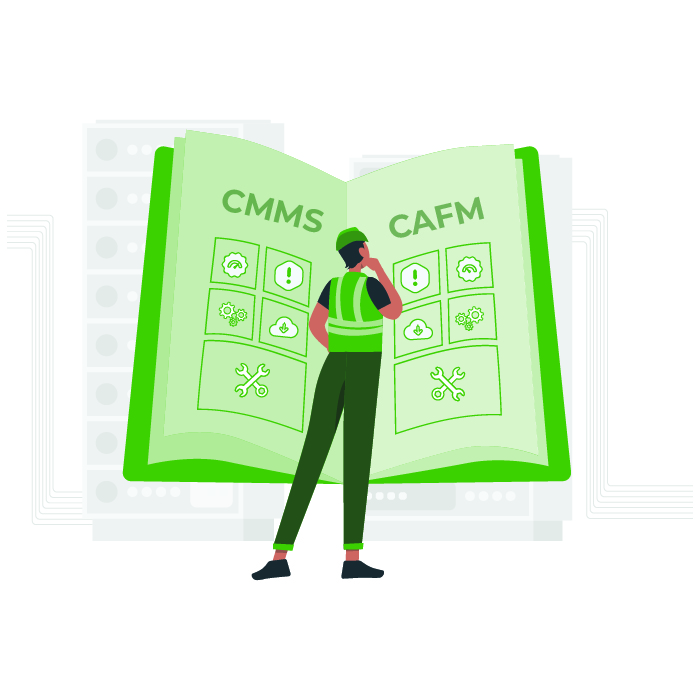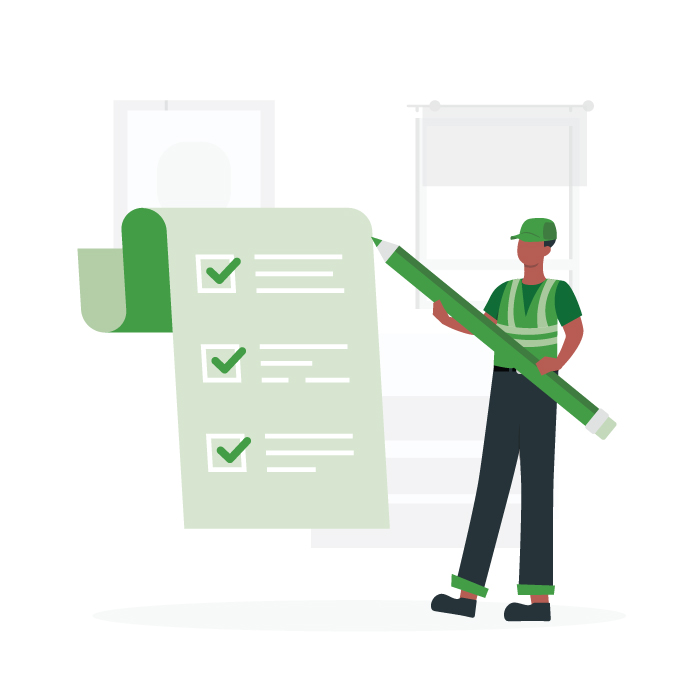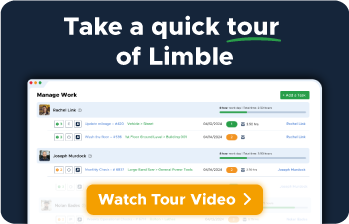Lennox XP 17 Heat Pump Manual
Product Info
The Lennox XP17 Heat Pump is a high-efficiency, dual-fuel heating and cooling system designed for residential use. It features advanced technology to provide reliable temperature control year-round, utilizing a variable-speed compressor that adjusts its output based on the home’s heating and cooling needs. With an energy-efficient design and a SEER rating of up to 20.5, the XP17 helps reduce energy costs while maintaining comfort. Its WhisperCool technology ensures quiet operation, making it an ideal choice for homeowners seeking both performance and tranquility.
Download the Manual
Product Maintenance Schedule
Here’s a short and simple maintenance schedule for your Lennox XP 17 Heat Pump:
### Monthly:
– **Check and Replace Filters**: Inspect the air filters and clean or replace them as needed to ensure optimal airflow.
### Seasonal (Spring and Fall):
– **Inspect the Outdoor Unit**: Clear any debris, leaves, or dirt from around the outdoor unit and ensure there is at least two feet of clearance.
– **Check AC & Heat Pump Operation**: Run the system in both heating and cooling modes to ensure it is functioning properly.
– **Check Refrigerant Levels**: Ensure that refrigerant levels are within the manufacturer’s specifications; call a professional if any issues are detected.
– **Check Electrical Connections**: Inspect and tighten any loose electrical connections, and ensure the contactor is functioning properly.
### Annually (Before Heating and Cooling Seasons):
– **Professional Maintenance**: Schedule a professional service to perform a thorough inspection, cleaning, and tuning of the heat pump system.
– **Inspect Thermostat Operation**: Ensure the thermostat is calibrated correctly and functioning properly.
– **Ductwork Inspection**: Check for leaks or blockages in the ductwork and seal any leaks found.
Following this schedule will help ensure that your Lennox XP 17 Heat Pump operates efficiently and lasts for many years.
Product Specs Sheet
While I can’t provide a specific spec sheet, I can outline the typical features and specifications you might find for the Lennox XP17 Heat Pump based on general knowledge.
### Lennox XP17 Heat Pump Specifications
**Model:** XP17
**Type:** Air Source Heat Pump
**Efficiency Ratings:**
– **SEER (Seasonal Energy Efficiency Ratio):** Up to 19
– **HSPF (Heating Season Performance Factor):** Up to 10.2
– **Energy Star® Certified:** Yes
**Cooling Capacity:**
– Ranges from approximately 2 to 5 tons (check the specific model for exact capacity).
**Heating Capacity:**
– Ranges similarly from approximately 2 to 5 tons.
**Noise Level:**
– Typically operates around 58 dB, making it one of the quieter models available.
**Compressor Type:**
– Two-stage scroll compressor for improved efficiency and comfort.
**Refrigerant:**
– Uses R-410A refrigerant, which is more environmentally friendly than older refrigerants.
**Features:**
– **SilentComfort™ Technology** for quieter operation.
– **iComfort®-enabled** for smart home integration and enhanced control.
– **Durable Construction:** Designed with a rust-resistant powder coat finish and a galvanized steel cabinet.
– **Advanced Defrost Control:** Improves efficiency in colder weather.
**Dimensions:**
– Size may vary based on model; generally compact for easier installation.
**Warranty:**
– Limited warranty for parts and compressor (exact terms may vary).
### Applications:
Suitable for both residential and commercial applications, particularly in climates with moderate cooling and heating needs.
### Installation Considerations:
– Professional installation required.
– Placement should allow for adequate airflow.
– Must comply with local building codes and regulations.
For the most accurate and detailed information, including installation guidelines and warranty specifics, checking the official Lennox website or contacting a certified Lennox dealer would be advisable.
Product Diagram
Here’s a common parts list for the Lennox XP 17 Heat Pump along with their typical part numbers. Keep in mind that part numbers can vary based on the specific model and manufacturing year, so it’s always good to verify with the manufacturer or your HVAC supplier.
1. **Compressor** – Part Number: 98M96
2. **Contactor** – Part Number: 84M34
3. **Capacitor** – Part Number: 27J66
4. **Fan Motor** – Part Number: 85L43
5. **Reversing Valve** – Part Number: 85L26
6. **Thermostat** – Part Number: 71J29
7. **Defrost Control Board** – Part Number: 93M30
8. **Air Filter** – Part Number: 22W51
9. **Thermistor** – Part Number: 93M21
10. **Blower Motor** – Part Number: 69M84
For specific repairs or replacements, check your unit’s manual or contact a certified Lennox dealer to ensure you have the correct part numbers for your specific model.
Product Troubleshooting
Troubleshooting a Lennox XP17 heat pump involves several steps to identify and potentially resolve common issues. Here’s a general guide to help you troubleshoot:
### Safety First
1. **Turn Off Power**: Ensure the heat pump is turned off at the breaker to avoid any electrical hazards during troubleshooting.
### Step 1: Check Thermostat Settings
– **Temperature Setting**: Make sure the thermostat is set to a temperature that requires heating or cooling.
– **Mode Setting**: Ensure it is set to the correct mode (heating or cooling) as per your needs.
– **Battery Check**: If your thermostat uses batteries, check or replace them if needed.
### Step 2: Inspect the Air Filter
– **Filter Condition**: Check the air filter for dirt and clogs. A dirty filter can restrict airflow and reduce the system’s efficiency. Replace it if needed.
### Step 3: Examine the Outdoor Unit
– **Debris**: Clear any debris, leaves, or snow from around the outdoor unit to ensure proper airflow.
– **Coils**: Inspect the condenser coils for dirt buildup. If dirty, clean them using a gentle spray of water.
### Step 4: Check the Indoor Unit
– **Ventilation**: Ensure that vents are open and not obstructed by furniture or other objects.
– **Drain Line**: Check the condensate drain line for clogs. Ensure water is draining properly.
### Step 5: Listen for Unusual Noises
– **Sounds**: Listen for any unusual sounds (buzzing, hissing, rattling) that could indicate a mechanical issue.
### Step 6: Inspect Circuit Breakers
– **Tripped Breakers**: Check the circuit breakers for the heat pump. Reset any that have tripped.
### Step 7: Look for Error Codes
– **LED Indicators**: Some models have LED indicators that show error codes. Refer to your user manual to interpret any error codes displayed.
### Step 8: Test System Components
– **Capacitor and Contactors**: If comfortable, check the capacitor and contactors for signs of wear or failure. Use a multimeter to test for continuity or voltage issues.
– **Reversing Valve**: Ensure the reversing valve is functioning correctly. If it’s stuck, it may need replacement.
### Step 9: Review Refrigerant Levels
– **Low Refrigerant**: If you suspect low refrigerant levels, it’s best to call a professional as handling refrigerant requires specialized knowledge and tools.
### Step 10: Seek Professional Help
If you have completed all the above steps and the heat pump is still not functioning properly, it may be time to call a qualified HVAC technician for further diagnosis and repair.
By following these steps, you can effectively troubleshoot a Lennox XP17 heat pump and identify any issues that may be affecting its performance.
Troubleshooting Guide
Please note that any procedure, checklist, or other document available on Limble is provided for general education and information only and does not constitute legal, medical, or financial advice. Limble makes the materials available AS IS and AS PROVIDED, without warranties of any kind. By downloading or using any such materials, you assume the risk that they may not be appropriate for your specific situation and agree that you are solely responsible for any such use, including compliance with applicable law and with meeting any conditions of product warranties. It is recommended to contact OEM for the most accurate information.
Similar Resources
Explore by Industry
Want to see Limble in action? Request a demo.
FAQ
What is CMMS software?
CMMS (Computerized Maintenance Management System) software helps businesses manage, automate, and streamline all of their maintenance operations. Learn more about CMMS.
Who uses CMMS software?
CMMS software is used by anyone who manages maintenance — facility managers, operations managers, and asset managers, and more — to manage assets, schedule maintenance, and ensure safety. It is widely employed in industries including manufacturing, education, government, food & beverage, and many more to maintain infrastructure and manage resources effectively.
Is Limble Mobile CMMS app user friendly?
Limble is consistently rated Easiest-to-Use CMMS on review sites like G2, Capterra, and Software Advice. And our customers agree. With our mobile CMMS app, teams experience 30%+ better productivity, on average, requiring little to no training or ramp-up time. Our CMMS app can travel with your team, no matter where they go! Visit our App Store or Google Play for more information.
Can I connect to other systems?
Limble provides seamless, pre-built CMMS Integrations with the most widely used software systems. That means you won’t need help from a developer or your IT team to get started. Learn more about our integrations.
How secure is the Limble CMMS platform?
At Limble, our world-class data security practices ensure your account information is safe. We use state-of-the-art technologies and industry best practices to maintain a secure infrastructure, including SOC-II Type II certification, regular penetration testing, and continuous security training for our staff.



